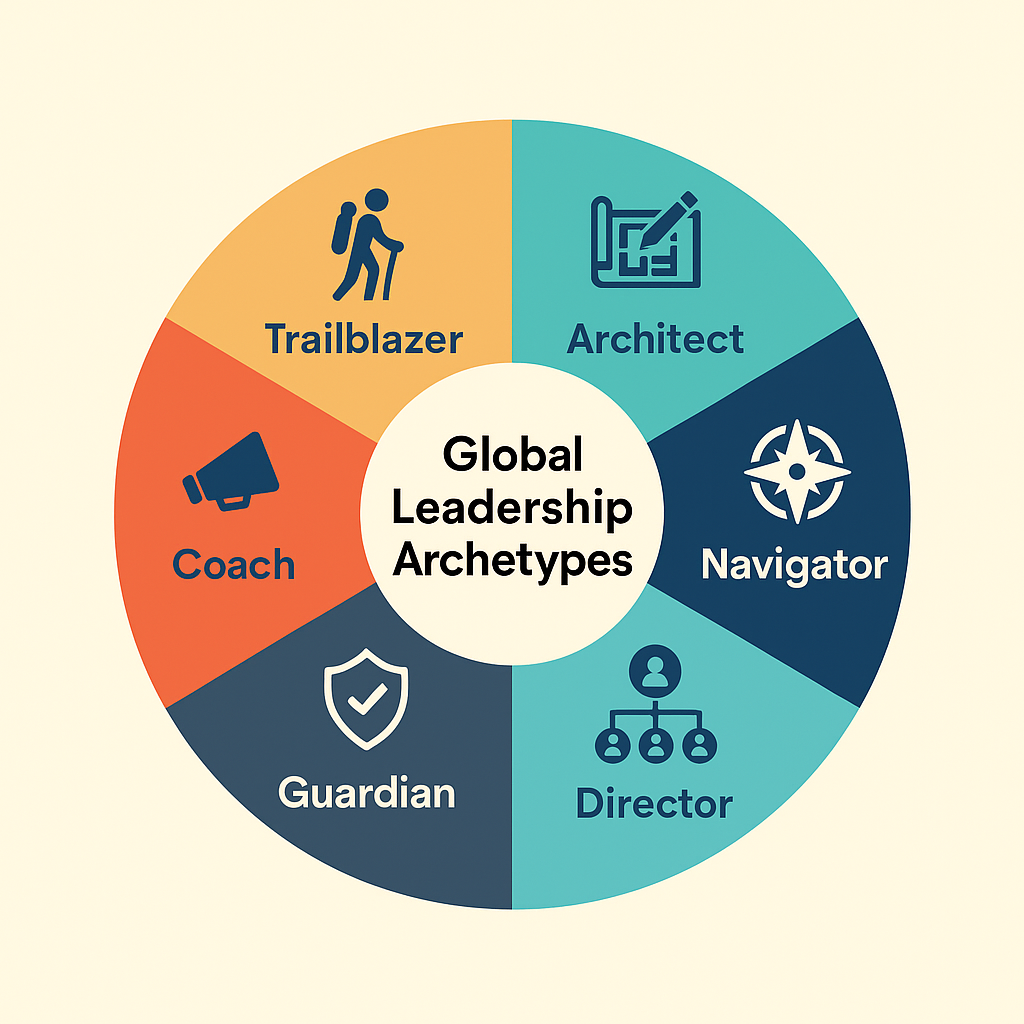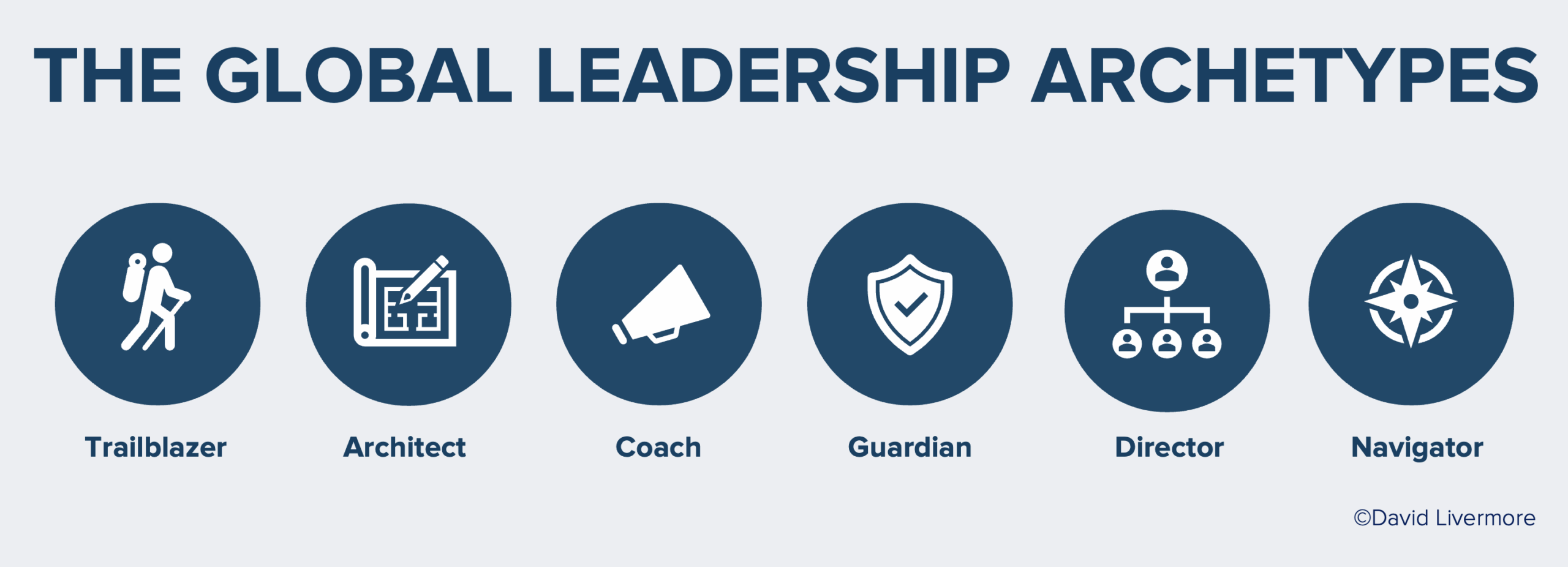I’m convinced that polarization is the number one issue facing us today. It seems like every week, there’s a new issue being raged about across social media, news channels, and friend groups. My newest book, Digital, Diverse & Divided, shows how to use cultural intelligence to address the polarizing issues dividing us at every turn. The same skills that help us work effectively with colleagues on the other side of the world can help us talk with friends, family members, and coworkers about sensitive issues closer to home.
The following is an excerpt from Chapter 2 of the book. It explains the science behind why we so easily divide into us versus them groups, introduces Dorothy Holland’s foundational work on “figured worlds”, and presents the central argument of the book— working together to address a shared problem as an essential part of overcoming polarization
Opposites Don’t Attract
Blondes prefer blondes. Brunettes prefer brunettes. Millennials would rather work with other millennials. And get this: Far more “Pauls” live in Saint Paul, Minnesota than in any other US city.[i] Opposites don’t attract. Research proves we’re attracted to people like us. It’s not so much that we consciously dislike people who are different from us, it’s that we reserve our admiration, sympathy, and trust for people like ourselves, something described as “similarity attraction.”[ii]
Before you post a picture of you and your partner to prove me wrong, stop and reflect on this reality for a moment. There are certainly exceptions to similarity attraction. People marry across racial, political, and socioeconomic divides, not to mention falling in love with a partner with a different color of hair. But we’re neurologically and socially wired to gravitate toward people like ourselves. In the workplace this is often described as “culture fit.” Management says, “We decided to part ways because they just weren’t a good fit.” This is often code language for, “They’re different.” Our brains are predisposed to unconscious discrimination. In fact, trust decreases when we’re exposed to people who speak and behave in unfamiliar ways.[iii]
The fascinating thing about similarity attraction is how quickly we divide into us-versus-them groups, even when there’s very little difference. Turkish psychologist Muzafer Sherif examined this in his well-known social experiment called the Robbers Cave Experiment.[iv] He and his colleagues brought two groups of twelve-year-old boys to camp. They were all white kids from similar middle-class backgrounds, and none of them knew each other prior to the study. Each group arrived at camp unaware of the other group. The first week, they bonded with their respective groups by hiking, swimming, sharing meals, and doing all the fun things you do at camp. They named themselves the Eagles and the Rattlers.
The second week of camp, the two groups were introduced to each other. Competitive activities were set up like baseball and tug-of-war, with the level of competition gradually increasing. Awards were given to the winning team. The competition escalated from name calling into burning each other’s flags, vandalizing each other’s property, and getting into physical fights. In a matter of hours, the boys did what we all do so easily—they created us-versus-them groups. Sherif and his team began to work on ways to break down the divisions. Fun activities were planned for the two groups to do together—shared meals, watching movies, and pairing boys from each group to swim, hike, or play ball. It didn’t work. The boys still resorted to food fights, name calling, and brawling with the other side.
Dozens of other studies have found similar results. Researchers arbitrarily assign participants to different groups, sometimes with distinctions as meaningless as the “blue” group versus the “green” group, and sure enough, polarization rapidly emerges.[v] Just look how quickly a friendly sports competition or online discussion escalates into name calling and blocking people. If trivial differences polarize, it’s little wonder that we vilify people who look and believe different than us. Many of our divides are double barreled, such as when your world of faith is combined with what you believe about gender and politics.
All too often, difference leads to violence. Anti-maskers shout at school principals and bully other parents for masking their kids. The same kind of vitriol comes from the other direction. In the midst of the Covid-19 pandemic, I saw someone post, “I don’t care if unvaccinated people die, they deserve it.” It’s horrifying. There’s enormous gravity to today’s polarization.
Worlds Apart
One time I was sitting at a Starbucks in Kuala Lumpur. I noticed Umar, a young guy across from me, who looked like he might be a local, but based on his baseball cap, hoodie, earbuds, and backpack, he could have just as easily been from my Chicago neighborhood back home. He was multitasking between his phone, his computer, and talking briefly with people he recognized as they came and went. A while later, Umar and I ended up standing together outside at a taxi queue. We chatted and he asked: “So what are kids my age like in America?”
“Funny you should ask!” I said. “I was just thinking how much they look like you.” We had a fascinating conversation about economics, politics, and religion. As we parted ways, Umar said, “Just remember, sir. I might look like the kids in your neighborhood on the outside. But what’s on the inside is entirely different.”
I used to say that two adolescents from opposite sides of the world have more in common with each other than either of them have with their own parents. And research backed me up. I surveyed youth from places as far apart as the United States, Brazil, Ghana, Taiwan, and Czech Republic. Teenagers across the world voiced a similar anxiety about the future, a desire to exert their independence, struggles with parents, and similar tastes in movies, fashion, and sports. In fact, a New York ad agency filmed teenagers’ bedrooms in twenty-five countries around the globe. From the gear and posters on display in the teenagers’ bedrooms, it was nearly impossible to tell whether the rooms were in Los Angeles, London, or Tokyo. In country after country, basketballs sat next to soccer balls; and closets overflowed with an international, unisex uniform of Levi’s, Nikes, and baseball caps.[vi]
Many adolescents across the planet share the world of youth culture. But when you look beyond the blue jeans and earbuds, you find that Malaysian and US teenagers have starkly different views about life. Umar has been socialized to think about his education and career goals in light of what will be best for his parents, siblings, aunts, uncles, and grandparents. Simon has been told the world is his oyster and he should chase his dreams. These values have been instilled in Simon and Umar from an extremely early age. They undoubtedly share some similar interests and values as global youth, but those intersect with the values socialized in them from their figured worlds of place, race, and faith.
The figured worlds of family, school, friends, and work play a powerful role in shaping how we think and behave. One of my favorite examples is how the effects of drinking alcohol are as much a result of the social context as they are the body’s reaction to the alcohol itself. One study found that students who believed they were drinking vodka and tonic at a bar began acting drunk within minutes of receiving what was actually only tonic water. The mere idea associated with drinking alcohol in a bar-like setting had a direct effect on their behavior.[vii] People behave more refined and sophisticated when drinking French wine, and more gregarious and free-spirited when drinking Irish beer. The figured worlds associated with alcohol have a direct impact on behavior.[viii] The same is true for Simon when drinking wine with his parents as compared to playing beer pong with his buddies. He will probably restrain exuberant behavior while sipping champagne at a family wedding, while letting loose and embracing his inner party animal when drinking the same amount of alcohol at a frat party.
What figured worlds hold the most significance for you? The places we grow up, the racial groups of which we’re part, and the gendered scripts we’ve been handed have nothing to do with who we are as physical beings. Yet they have a profound impact on how we think and behave.
Shared Problems Unite
Our brains play a big part in how we interact with people from different figured worlds. Different regions of the brain are activated when someone from your in-group suffers as compared to someone from your out-group. This is one reason local and national news feature stories and disasters that affect people from our own communities more than those from the other side of the world. But our brains are malleable, and we can use that elasticity to focus on shared problems and overcome polarization.
One way our brains discriminate is that we give people like ourselves the benefit of the doubt, but we’re unlikely to do so with people from different figured worlds. Using what psychologists call the fundamental attribution error, we excuse our team for breaking a rule because the other team was playing dirty. We conclude our team had no choice. But if the other team breaks a rule, we want the ref to call it immediately. If you’re a Trump fan and he’s accused of lying, fundamental attribution error makes you quick to give him a pass: “He didn’t lie. He was just being humorous and sarcastic.” But you’re unlikely to allow for that nuance from a Democratic politician.
Stanford researcher Jennifer Eberhardt describes her experience as a young African American girl moving to a new, predominantly white high school in Ohio. “Every day,” she says, “I was confronted with a mass of white faces that I could not distinguish from one another.”[ix] She met new peers, only to walk right by them the next day and wonder if they were the girls she had lunch with the day before. Eberhardt’s admission is an example of what is called the “other race effect,” or more often known by the cringeworthy statement, “They all look alike.” Despite how bigoted that sounds, research shows that our brains are better at processing faces that evoke a sense of familiarity.
It’s not that our brains are inherently biased. It’s that our brains sort people into “friend” or “foe” based on what we “know” about people like them. If we’re bombarded with messages that Muslims are terrorists or that Republicans hate immigrants, the regions of the brain that are associated with fear light up when we encounter those groups. When we see an out-group member we tagged as threatening, regardless of whether they really are, the region of the brain that processes fear is activated.[x]
The good news is the brain is not a hardwired machine. It’s a malleable organ that responds to our environments and the challenges we face. When you reframe your orientation to focus on working with your polar opposite to solve a common problem, it can actually change your brain’s neural wiring.[xi] This is a critical insight for overcoming polarization, and it’s something that was evident in the findings from Sherif’s Robbers Cave Experiment. Shared problems are a proven way to overcome polarization.
It only took a matter of hours for the two groups of campers in Sherif’s experiment to become enemies. Playing games together and spending time with each other did little to change the divisiveness. The researchers attempted to bridge the divides by creating obstacles that couldn’t be solved unless the two groups worked together. The camp’s water supply was shut off, and a truck bringing the campers food wouldn’t start. At first, the groups only worked together long enough to resolve the specific challenge. But over time the continued pursuit of solving a common problem began to reduce the conflict. Name calling stopped, meals began to reflect intermingling between groups, and Eagle and Rattler friendships emerged. In addition, camp activities and leaders supported the Eagles and Rattlers working together. They provided direction and resources for working together to solve the various challenges. By the end of camp, the boys all rode the bus back home together, singing and laughing as one group.[xii]
Sherif’s experiment and hundreds of follow-up studies proved that working together to address shared problems is an essential part of overcoming polarization. It’s absolutely critical for bridging our divided worlds, and it’s a central theme informing the solutions throughout this book.
Transcend and Include
There’s nothing wrong with being proud of the figured worlds of which we’re part. Our in-groups provide us with meaning, connection, and security. The problem is when we dehumanize those from other figured worlds or become blind to the limitations of our own worlds. We all become actors in our figured worlds. We can accept the scripts of these worlds, improvise them, or leave them altogether. The worlds where we live don’t get the final say on who we are. Our identity is always forming and reforming. Improvisation often occurs when we become part of other worlds that challenge the codes we previously learned, and we begin to rewrite our scripts. We transcend the figured worlds of which we’re part while including parts of them in the new worlds we join.
Our differences don’t have to polarize us. There are research-based strategies for transcending our divides by working together to solve shared problems. But first, we need to go one step deeper, because there’s only one you and one me.
[Excerpt from Chapter 2 of Digital, Diverse & Divided, Berrett-Koehler, 2022]
[i] B. W. Pelham and M. R. Carvallo, “When Tex and Tess Carpenter Build Houses in Texas: Moderators of Implicit Egotism,” Self and Identity 14 (2015): 692–723.
[ii] Aberson, Healy, and Romero, 2000; Brewer, 1979, 1999.
[iii] Xiaoming Jiang, Kira Gossack-Keenan, and Marc D. Pell, “To Believe or Not to Believe? How Voice and Accent Information in Speech Alter Listener Impressions of Trust,” Quarterly Journal of Experimental Psychology 73, no. 1 (January 2020): 55–79, https://doi.org/10.1177/1747021819865833.
[iv] M. Sherif, O. J. Harvey, B. J. White, W. R. Hood, and C. W. Sherif, Intergroup Conflict and Cooperation: The Robbers Cave Experiment, volume 10 (Norman, OK: University Book Exchange, 1961).
[v] Henri Tajfel, “Experiments in Intergroup Discrimination,” Scientific American 223 (1970): 96–102.
[vi] Shawn Tully, “Teens: The Most Global Market of All,” Fortune, May 16, 1994, p. 90.
[vii] Seema L. Assefi and Maryanne Garry, “Absolut Memory Distortions: Alcohol Placebos Influence the Misinformation Effect,” Psychological Science 14, no. 1 (2003): 77–80.
[viii] Social and Cultural Aspects of Drinking: A Report to the European Commission (Oxford, UK: Social Issues Research Centre, 1998), 10–14.
[ix] Jennifer Eberhardt, Biased: Uncovering the Hidden Prejudice That Shapes What We See, Think, and Do (New York: Penguin, 2019), 12.
[x] T. Steimer, “The Biology of Fear- and Anxiety-Related Behaviors,” Dialogues in Clinical Neuroscience 4, no. 3 (2002): 231–49, https://doi.org/10.31887/DCNS.2002.4.3/tsteimer.
[xi] Eberhardt, Biased, 15.
[xii] Sherif et al., Intergroup Conflict and Cooperation.



